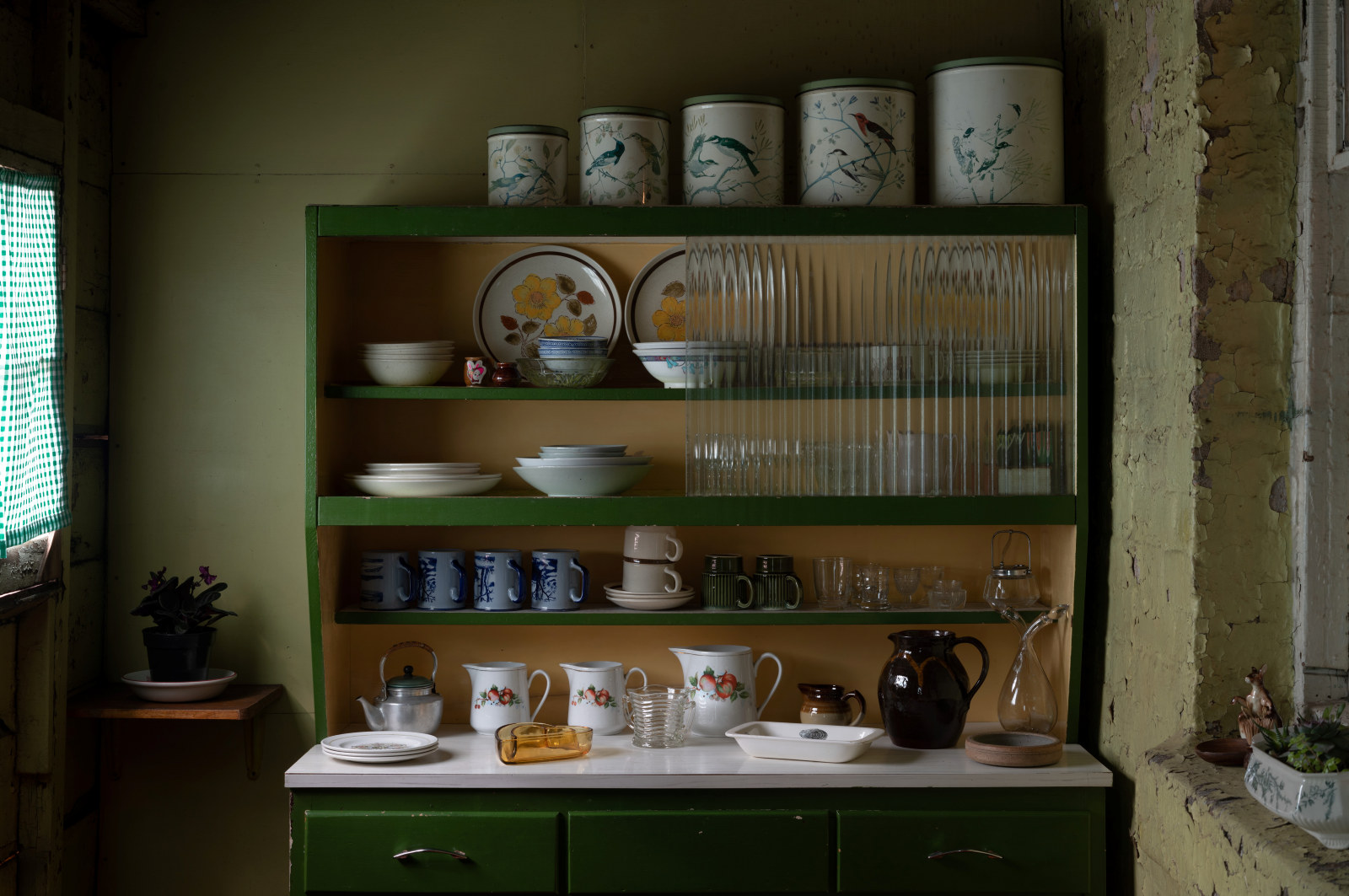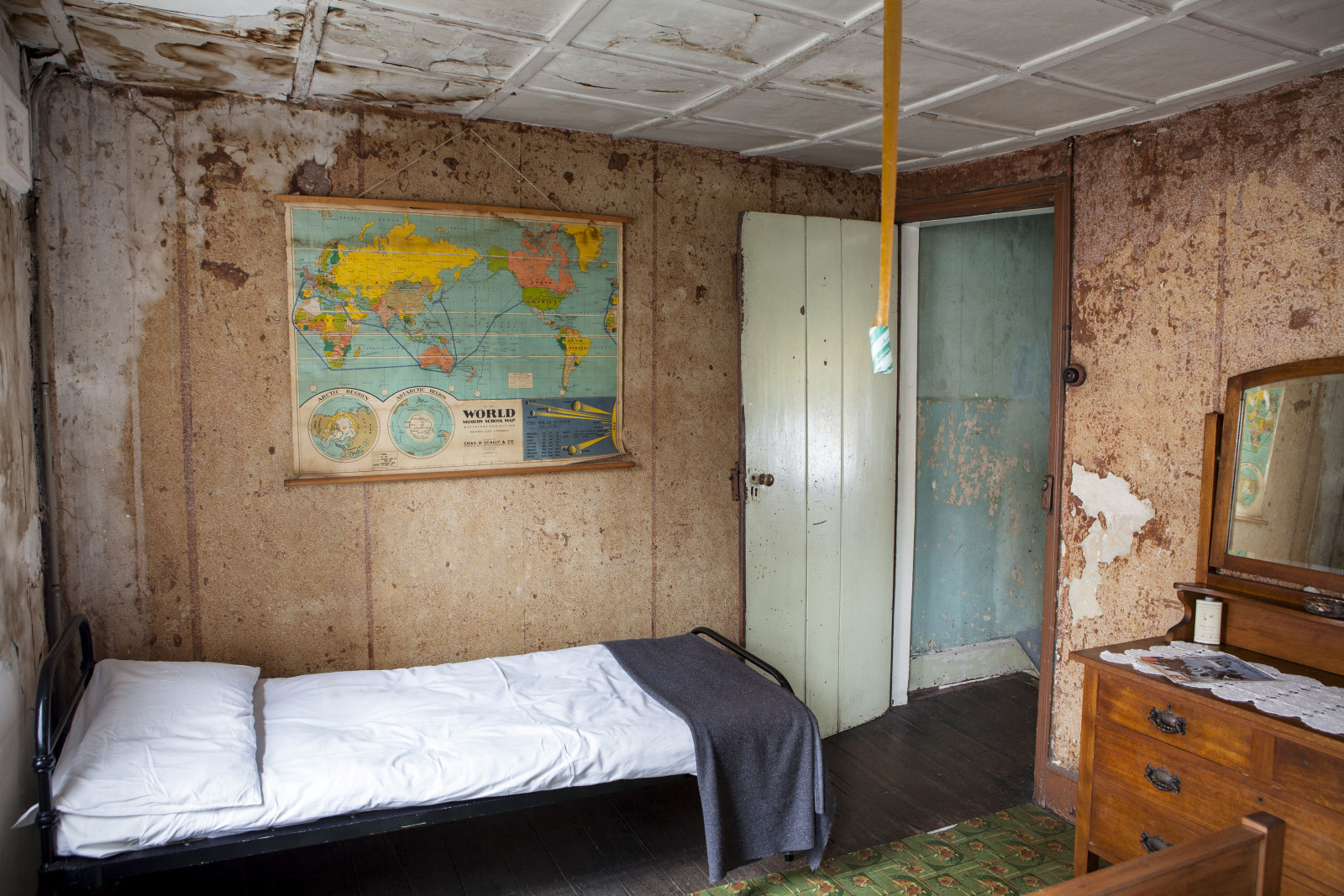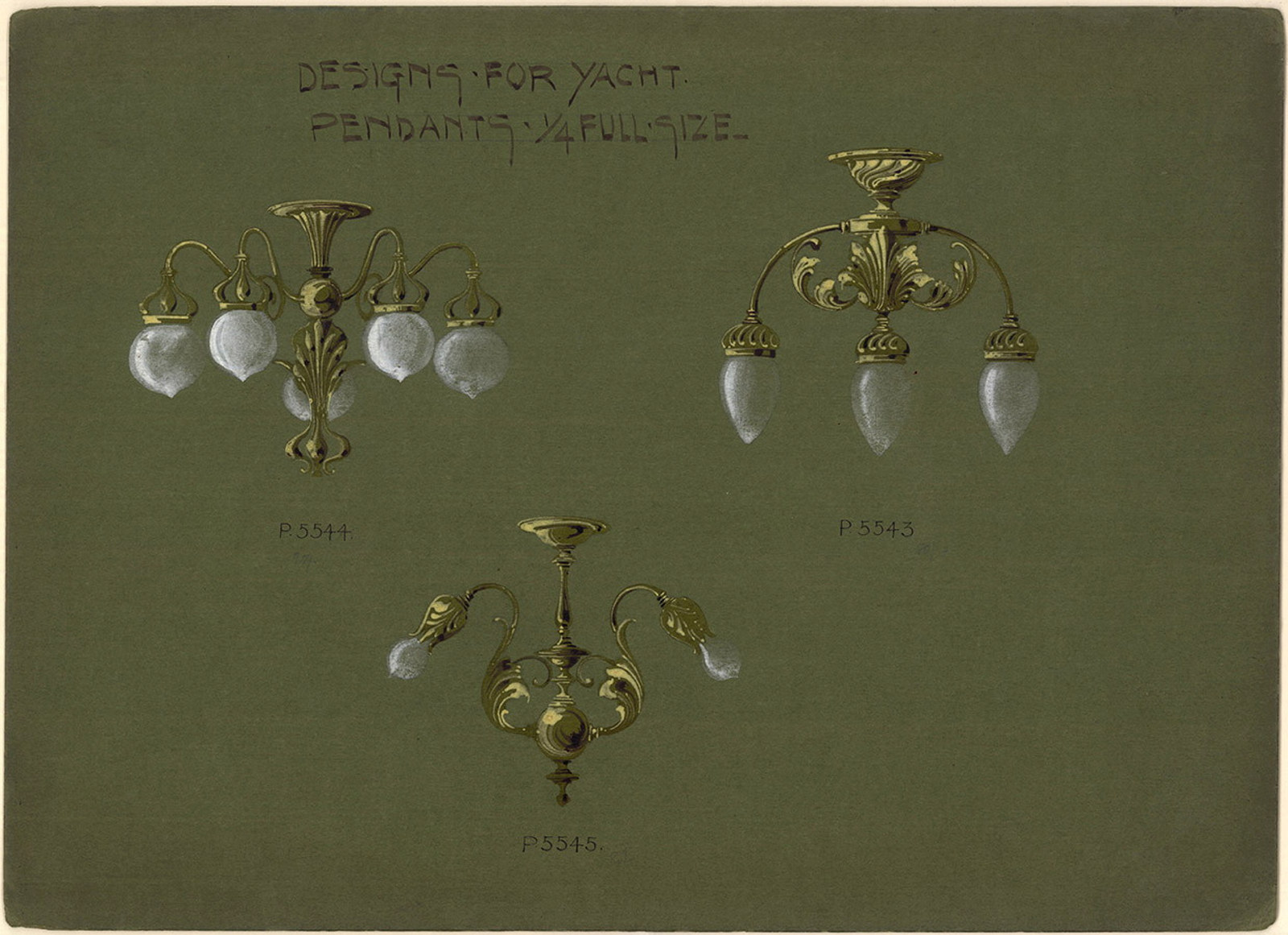A stitch in time
Tatting, knotting, knitting, pin-tucking, crocheting, pinking, stitching, stuffing, embroidering … needles fly when the volunteer Soft Furnishings Group converges twice a month at Elizabeth Bay House to create, re-create and maintain existing furnishings for our historic places.
Underpinning the work of this group is a curatorial rationale that draws upon knowledge of sources, the way families lived at our places and how they furnished their homes. The flop-over valance on a muslin curtain and the binding on a case cover thrown over a chaise to reflect a seasonal change are as important as furniture and its placement, the correct method of hanging a 19th-century picture and the right flowers in the right vase.
MHNSW curators collaborate with the Soft Furnishings Group as they turn their hands to all manner of challenges that assist us to furnish and interpret the different rooms within our houses. A wide range of furnishings – cushions, tassels, crumb cloths, holland blinds, fringed dressing table runners, doilies, even padded brick doorstops – have been made by the group using traditional patterns and techniques.
So often women’s work is anonymous, but the material proof of the Soft Furnishings Group handwork is on permanent display in many rooms throughout our house museums.
Dianne Finnegan, the group’s coordinator
Authentic sources
Researching techniques and sourcing appropriate materials are critical to the success of the group. The Caroline Simpson Library & Research Collection (CSL&RC) and its comprehensive range of domestic manuals and trade catalogues is an essential resource.
Miss F G Kelly’s The lady’s knitting book (1848) was the source used recently to create 24 doilies for the Elizabeth Farm dining room table. Interpreting early patterns has its challenges; in this case, the vagaries of the instructions resulted in the group having to produce many samples and trial various different sized needles and many different plies of cotton yarn before they could achieve a successful result.
One of the enjoyable tasks currently being undertaken is interpreting the pattern for the crocheting of a hyacinth glass mat from Mrs Eliza Warren’s Treasures in needlework (c1855). Hyacinth glass vases are specially designed to hold a hyacinth bulb above water so its roots can grow down into the vase, producing a flower without the need for a pot and soil. The instructions in the book dictate:
Half an ounce of shaded Green, two skeins of six shades of Scarlet – all 4-thread Berlin Wool; the lightest shade of Scarlet to be a bright Geranium colour the darkest a rather light claret, the third shade from the lightest to be a military scarlet. Four yards of white skirt cord, the size of ordinary blind cord. No 2 Penelope hook.
Eliza Warren, Treasures in needlework, Ward & Lock, London, c1855, p195
Interpreting the nomenclature – not to mention the wonderful range of colours – takes patience, trial and error, and a good sense of humour. The Soft Furnishings Group has also been trained in Berlin wool work, a popular form of 19th-century needlework and known to have been a technique employed by many colonial Australian women including the Macarthurs of Elizabeth Farm.
Many of our volunteers are engaged in interpreting and working early Berlin wool work patterns for use as cushions and hassocks at Vaucluse House and Elizabeth Farm.
Engaging our visitors
A successful offshoot of our regular bimonthly workshops is the opportunity to share what we do with visitors to Elizabeth Bay House and at public programs at Vaucluse House, as we find new ways to communicate how people once lived at our places. In 2015, for example, we were able to showcase our projects to guests at the Vaucluse House Centenary celebration. Visitors marvelled at the range of different materials used to furnish 19th-century houses: silk, calico, moreen, glazed chintz, horsehair, holland, vellum, straw, even possum skin.
Delivering interpretative projects, whether large or small, involves research, problem-solving, curatorial leadership and collaboration, and is often dependent on access to and availability of traditional materials. Most importantly, our success is due in part to the passion and dedication of this singular group of volunteers who work tirelessly for MHNSW.
Published on
More stories

(Re)making a home
An evocative collection of household items belonging to the last tenants of Susannah Place

Sydney's home furnishing stores
A Hall & Co
A Hall & Co was a retailer of home furnishings and manufacturer of furniture.

A House In The Making
After 162 years of being continuously occupied 62 Gloucester Street was opened to the public for the first time in 2006

A world of designs
Trade catalogues, published to illustrate the products for sale from a manufacturer, wholesaler or retailer, reveal the surprising wealth of choice available to Australian consumers in the 19th century
